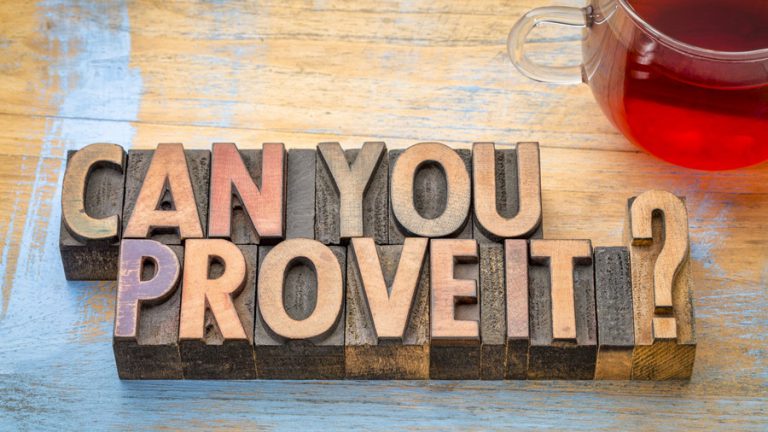Evidence-of-Use (EoU) is categorized as one of the most crucial services for patent portfolio managers, patent practitioners, and individual inventors. It is the foremost analysis step to pursue patent litigation or licensing with potential parties. It is advisable to check for potential infringement in order to license the patented technology for monetary benefits. However, the trend has changed over the years. During the patent life-cycle, once the patent has been filed and under the prosecution stage, the patent holders do check for potential infringement on their published claims. Herein, the EOU analysis is of immense use.
It is always recommended to be very comprehensive in your analysis while developing these EOU charts for litigation purposes. There are different objectives to be catered while you check for infringement levels. The objective varies from type of licensing to sole monetization or both.
In order to develop EOU charts, one must be sure of the objective to be achieved so as to customize the efforts. The most common case is to look for all types of infringers reading on the enforceable patent in a jurisdiction. Herein, one must customize the efforts based on:
- Dominant players within the technology of the patent
- Forward Citations of the patent
- Method/System claim targeted in the patent
- Checking if the patent falls under certain standards (SEPs)
Once the above is understood, the search is well-aligned to identify big players who are potentially capable of licensing or paying royalties. There are numerous approaches to conduct EOU based searches and certain ways of developing infringement charts. The best approach to search and chart an EOU include:
- Identify/Shortlist/Understand the broadest Independent claim within the patent
- Conduct a quick search to Identify big players active in jurisdiction and covering the technology disclosed.
- A strong eye on Citations of the patent, especially the forward citations
- Conduct a post-art patent search to identify companies with patents in similar technology as disclosed in the patent
- Conduct Google search (sometimes on E-commerce platforms as well) to identify similar products of infringing parties
- Referring to multiple documents for a single product charting in case(s) of different versions of same product
- Use Commercial terms rather than technical terms while framing keyword based approach
It is known that there is no standard approach while we conduct the search for Evidence-of-use (EOU). However, a good amalgamation of technology in question, broadness of the claims, time-window, and other essential parameters (Right set of Keywords) allow one approach to be adopted over the other. A sellable Evidence-of-Use (EOU) chart should have the element-by-element mapping of each element and its role being performed by a product being sold. Sometimes, it does require search and reviewing a Trade Secret (which is NOT easily available). For product-based invention, in order to review the infringing party’s product, it is advisable to do proper reverse engineering before going from infringement. Sometimes it does happen that the infringing product is purchased and opened up to see the exact functioning of the infringing product.
From a researcher’s standpoint, it is advisable to review the patent with description and NOT rely on claims only. If required, a prosecution history shall also be reviewed to understand the claims being enforced are understood.





